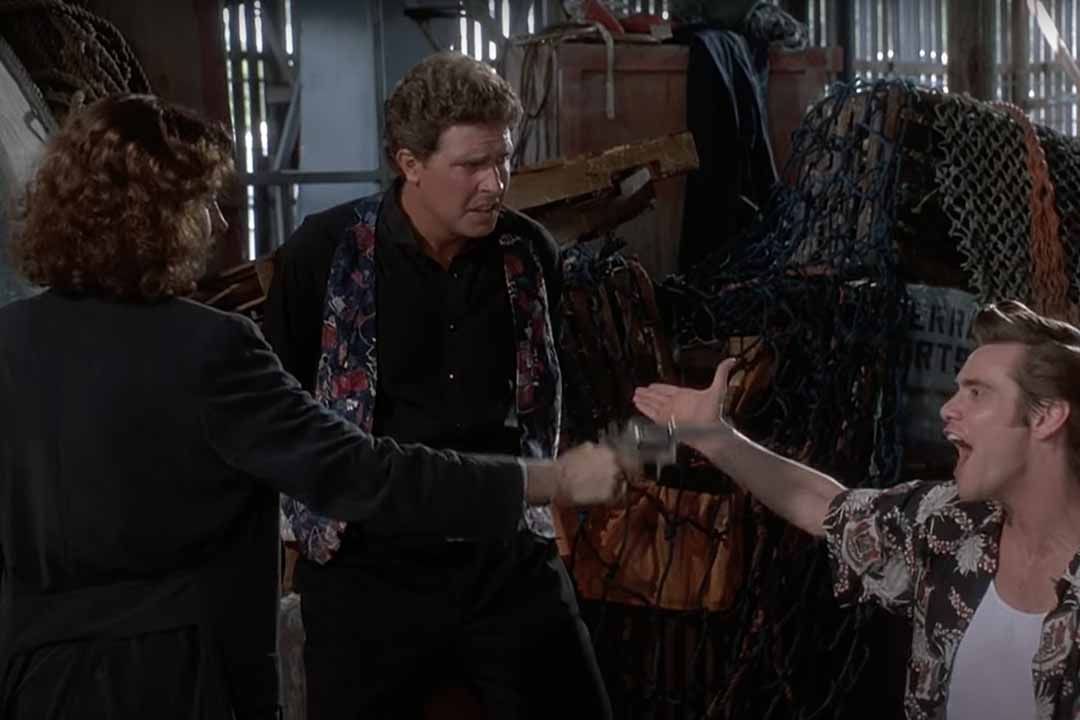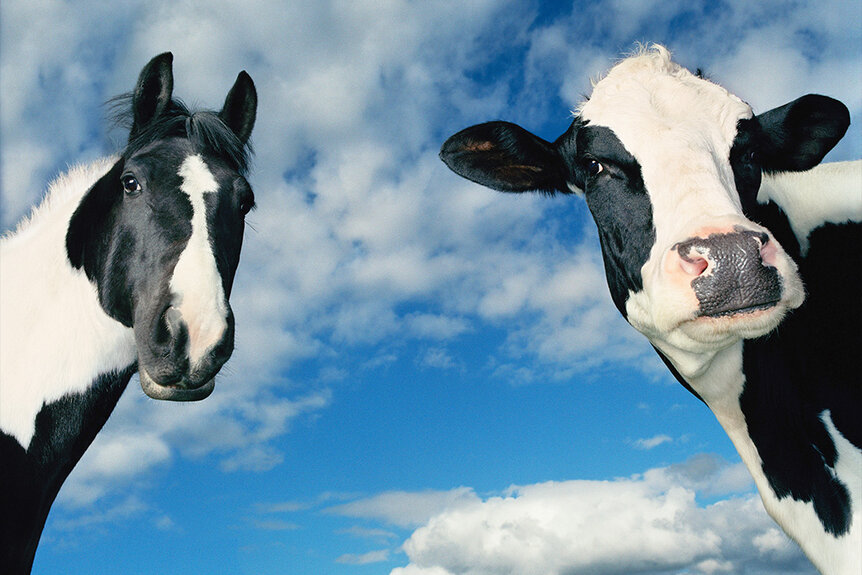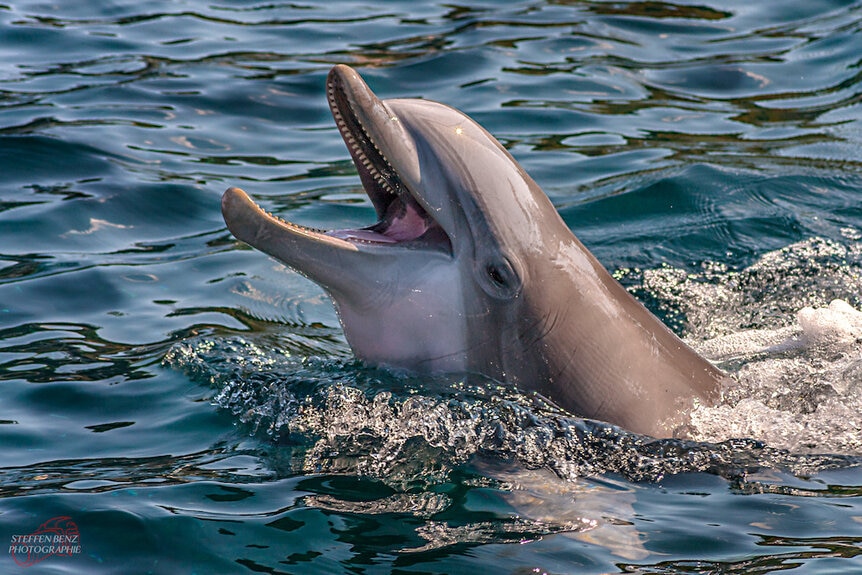Create a free profile to get unlimited access to exclusive videos, sweepstakes, and more!
Why the Long Face? Scientists Answer the Age-Old Question of Why Some Animals Have Long Faces
Looking a horse in the mouth.

Despite his distinct comedic stylings, Jim Carrey mostly avoided becoming a caricature of himself thanks to a handful of impressive dramatic turns. Still, if there is a quintessentially Carrey character, it’s Ace Ventura, the animal-loving star of Ace Ventura: Pet Detective and the globetrotting sequel Ace Ventura: When Nature Calls, both streaming on Peacock right now!
When we first meet Ventura, he’s down on his luck, scraping together money to support himself and the diverse animal menagerie he shares a home with. He doesn’t get along well with people, but he understands animals innately. What makes them happy, what makes them sad, and why they sometimes have such long faces.
If Horses Had Shorter Faces, They Could Bite Your Hand Clean Off
Of course, long faces are relatively common in the animal kingdom and despite the colorful idiom it doesn’t indicate sadness. But the length of an animal’s face can help scientists understand the evolutionary forces at work on different species, according to a recent study published in the journal Biological Reviews.
RELATED: More Than 100 Mammals Glow Under UV Light, Perhaps Even Your Pet
Biologists noticed that some animals have longer faces than others ages ago, but the cause of a long face or a short one has been elusive. In the new study, scientists identified a process known as craniofacial evolutionary allometry (CREA) which seemingly determines the size and shape of a creature’s face based on a number of environmental pressures.
As a general rule, larger species have longer faces than smaller ones, even when they are closely related and live similar lifestyles. Look at a deer and a moose, for example. It’s clear how they are variations on the same basic form, but the moose is considerably larger and has a significantly longer face. The same is true of horses and sheep, and any number of other related animal pairs. Given that these animals typically inhabit the same environment and eat roughly the same things, there must be a reason for having such different facial equipment.
Researchers analyzed the face sizes of 22 mammalian families including marsupials, rabbits, rodents, bats, whales, and more, to see if the relationship between face size and overall body size remained steady. For the most part it does, but they found that faces sometimes shrink again in large species when they need a more fearsome bite. That’s because short faces have stronger chompers than long faces, everything else being equal. Here’s why.
RELATED: Meet Dogxim, the World’s First Confirmed Dog-Fox Hybrid
Imagine that you’re carrying your dog. You pick them up and hold them close to your chest. All of the weight is nicely supported, and you both have an awesome time. Now, imagine you’re carrying the same dog but you’re holding them at arms’ length. Suddenly, they feel a lot heavier and it’s harder for you to hold on as long. The same thing happens with a pair of chopsticks, you can get a stronger grip if you choke up on the sticks and the same thing happens with faces. The longer an animal’s face grows, the weaker its bite becomes.
That’s probably enough to explain why larger animals typically have longer faces. If you’re a deer-shaped animal eating leaves and grasses, you only need so much bite strength. If your body grows larger through the course of evolution, you can have a longer, weaker face and still get the bite strength you need. The reverse is also true, if your species evolves toward a smaller size, your face needs to shrink in order to keep chomping the same foods. Basically, large animals commonly have long faces because they can get away with it, and that’s all evolution really cares about.
There are some notable exceptions to the size relationship, particularly when a large animal needs a strong bite. Researchers noted that a comparison of bottlenose dolphins and orcas bucked the trend. Despite the “killer whale” name, orcas are actually the largest species of oceanic dolphin; they share a lot in common with bottlenose dolphins, but a long face isn’t one of them.
According to the study, the relatively short faces of orcas are likely a response to different bite force requirements. Bottlenose dolphins can get by hunting various kinds of small fish, squid, and arthropods like crabs and shrimp. An orca will happily eat those things given a chance, but they’ll also chase down walruses, seals, sharks, whales, and sea turtles. If you’re going to bite through a turtle shell (or the hull of a yacht) you need a big bite, and for that you need a small face.
The rule of long faces and the exceptions to the rule arise from balancing the dueling pressures of body size and bite force. The next time you see a horse’s long face, don’t be sad for them, it just means they don’t have to work as hard.
See animals with long faces, short ones, and everything between in Ace Ventura, streaming now on Peacock.




























